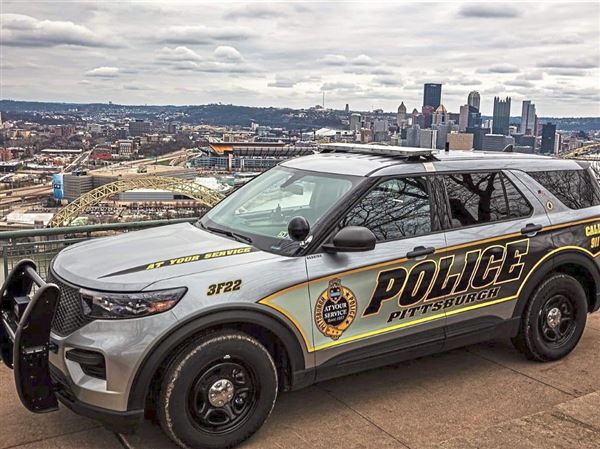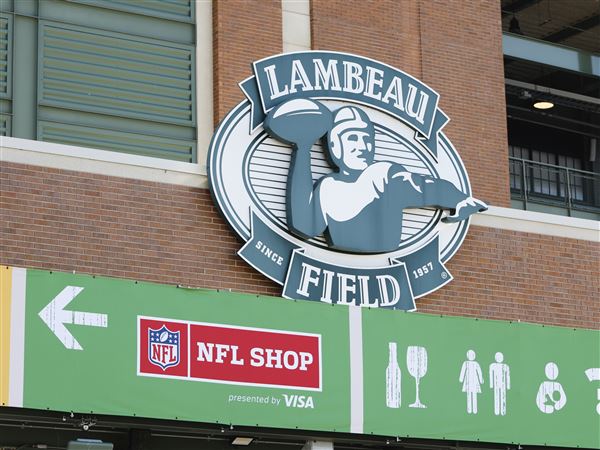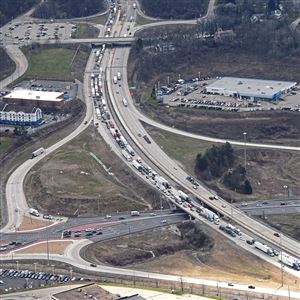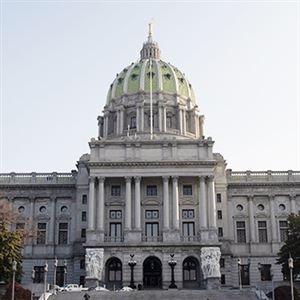To transit advocates, there is an “extremely simple solution” to Port Authority’s quest to find money to pay for reduced fares or free rides for low-income riders: use federal COVID-19 pandemic stimulus funds, as other agencies across the country have done.
Port Authority says it wants to help low-income riders, but it says it doesn’t have the estimated $5 million to pay for the program and that federal regulations don’t allow it to use stimulus money to establish new programs.
As often happens, what is and isn’t allowed seems to depend on some fine hair-splitting of facts depending on the situation. What seems like a simple question asked of the Federal Transit Administration last week — whether transit agencies can use stimulus money to subsidize or eliminate fares for low-income riders — is still under review.
At least two agencies — the Metropolitan Transportation Commission, which oversees two dozen transit operators around San Francisco, and the Greater Richmond Transit Co. in Virginia — are using stimulus funds for fare reduction programs.
In the San Francisco area, MTC spokesman John Goodwin said the agency had been working on a program for reduced fares for low-income riders since 2015. It introduced a pilot program last June that reduced fares for low-income riders on its four larger, long-distance operations such as Bay Area Rapid Transit and Caltrain.
Mr. Goodwin said it was “coincidence” that the program started during the pandemic — it had hoped to start it before the pandemic began — and the commission initially used state funds to pay for it. But the pandemic highlighted problems that lower-paid, essential workers were facing on smaller, suburban transit systems, he said.
As a result, the San Francisco agency expanded the program to all its systems in July by using $8 million in stimulus funds, Mr. Goodwin said. The discounts vary with each system.
“Oftentimes, it’s the smaller, suburban systems where a lot of the essential workers rely on that bus to get to work and they’re your low-income folks sometimes,” he said. “COVID really brought that into sharper resolution.
“CARES Act funds allowed us to expand the program to those smaller, suburban programs.”
Due to the virus, ridership on systems such as BART that mainly serve office workers remains about 85% below pre-pandemic levels. Ridership is almost back to normal on the suburban routes, Mr. Goodwin said, highlighting the impression that they serve more lower-paid, essential workers.
In Richmond, GRTC initially did what many transit systems did at the start of the pandemic in March 2020: It offered free fares to limit contact between riders and bus drivers and reduce the spread of the virus.
Initially, the state of Virginia paid for the free rides on the system’s 156 buses on an emergency basis, according to Carrie Rose Pace, director of communications. That wasn’t a huge commitment because the agency gets just over 10% of its funds from the fare box, about $7 million a year.
The agency installed safety shields and other precautions on buses, Ms. Rose Pace said, but it has continued to offer free fares using federal relief funds.
It is particularly important for GRTC, she said, because a survey in late 2019 showed that more than half its riders have family incomes of $25,000 or less. The agency’s staff last week recommended continuing free fares in the new fiscal year that starts in July.
“We are serving low-income communities, and [providing free rides] makes sense for our riders because our service is extremely important to them,” Ms. Rose Pace said. “This is still under our system as a temporary program, but the plan is to continue it.”
The agency has had no pushback from federal officials for how it is using stimulus money, Ms. Rose Pace said.
In Allegheny County, Pittsburghers for Public Transit has been pushing for reduced or free fares for low-income riders for more than two years. That group is now part of a 43-member coalition known as Fair Fares for a Full Recovery Coalition that took up the cause last week and dominated a public hearing on potential fare changes to push for help for low-income riders.
Speaker after speaker at Thursday’s hearing urged Port Authority to use the federal stimulus money to offer reduced or free fares.
Dawn Plummer, executive director of the Pittsburgh Food Policy Council and one of the leaders of the coalition, said the federal money gives the authority “an immediate opportunity” to help low-income riders who disproportionately rely on transit for work, food and medical care, especially during the pandemic.
Port Authority has said it is working with foundations and others to find more than $5 million annually to pay for a low-income fare program. But officials say the Federal Transit Administration has told the authority that it can’t use the federal relief money to set up a reduced-fare program.
The authority won’t comment on what other transit agencies have done. But the technicality seems to be that even though the programs in the San Francisco and Richmond areas started during the pandemic, they initially used another source of funding to pay for them, then shifted to using federal stimulus funds.
At this point, Port Authority isn’t in that situation. Additionally, local officials are concerned with how they would sustain a program for low-income riders if they use federal funds and don’t have another source available when that money runs out.
“A lot of the programs that are out there, it’s difficult to figure out how they are paying for them,” spokesman Adam Brandolph said.
Ed Blazina: eblazina@post-gazette.com, 412-263-1470 or on Twitter @EdBlazina
First Published: April 26, 2021, 9:37 a.m.
























